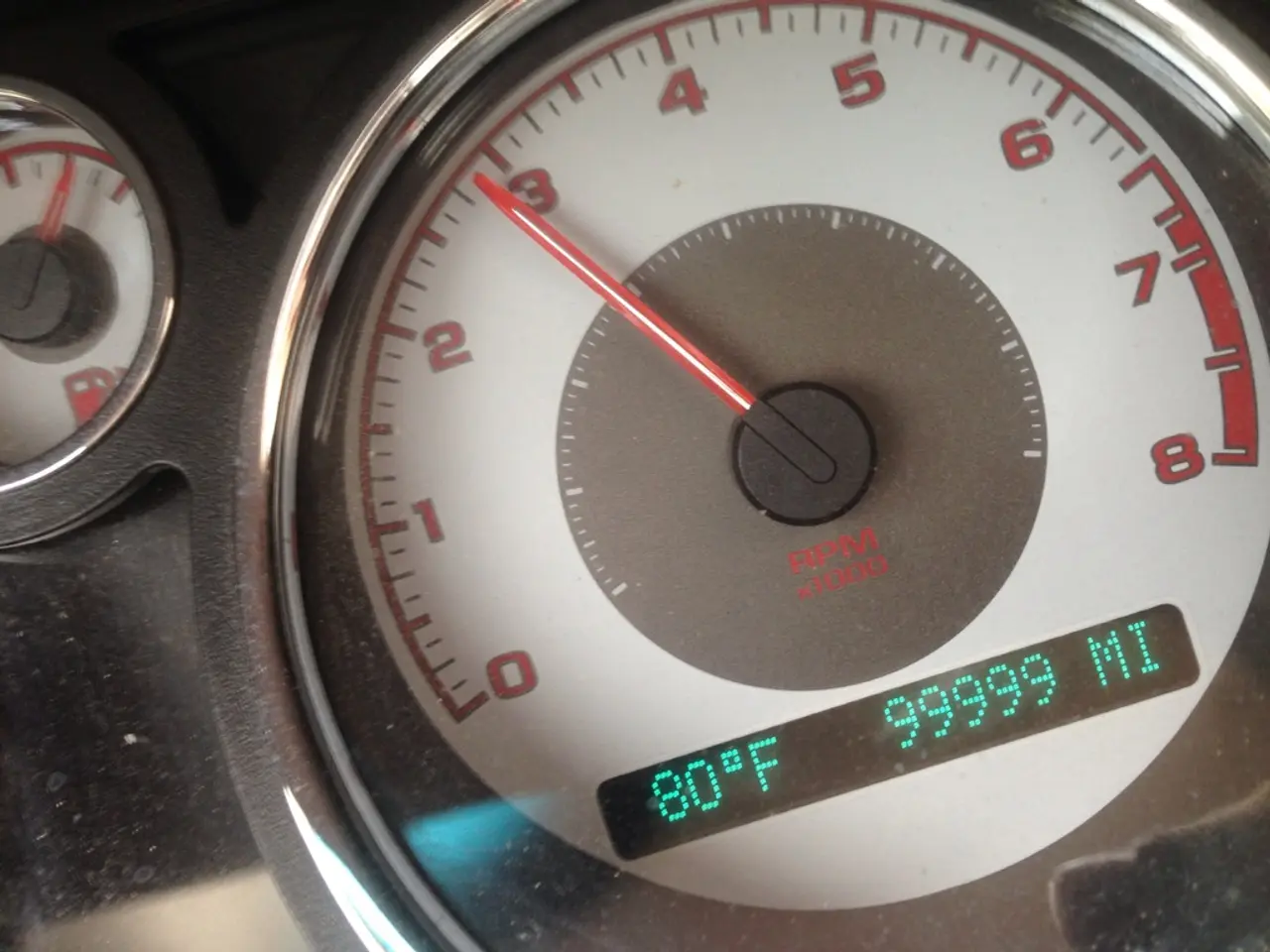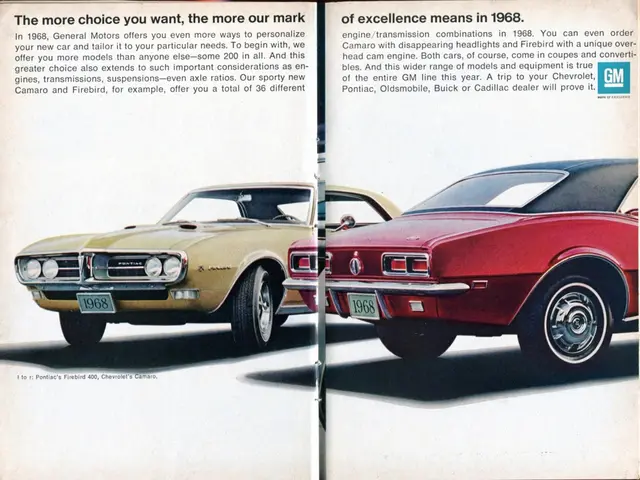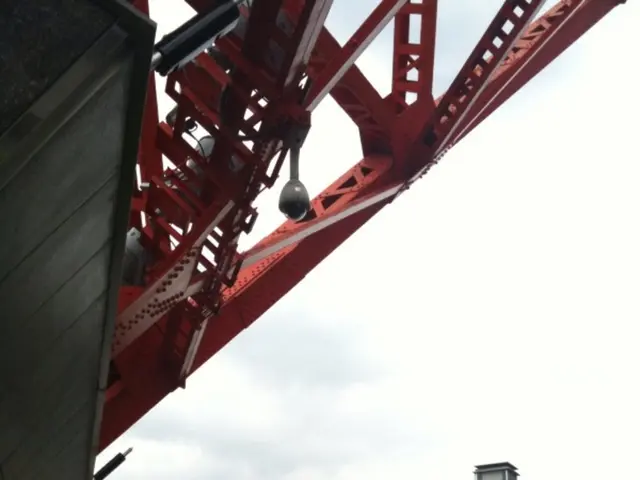EU Debates Expanding Particle Number Tests to Gasoline Engines and Older Diesels
Automotive authorities and testing organizations are debating the expansion of particle number measurement (PN) to gasoline engines and older diesel vehicles during exhaust gas tests. Currently, PN testing is mandatory for Euro-6 diesel vehicles in Germany.
The PN test, which detects defective exhaust systems and manipulations, has been effective for diesel vehicles since 2023. Now, EU committees, including the European Commission, ACEA, and CEN, are exploring its extension to gasoline engines and possibly older diesel vehicles (Euro-5b).
Testing organizations like TÜV support this expansion, while GTÜ expresses concerns about cost-effectiveness. If implemented, the PN test would supplement existing exhaust gas controls during the HU/AU, potentially increasing testing effort and costs. Proposals for more frequent main inspections for older vehicles and expanded checks are under consideration, but no final decisions have been made.
For gasoline engines, clear regulations with limits and standardized measurement procedures are crucial before PN testing can be introduced. The test could lead to cleaner air, more reliable on-road values, and fairness between diesel and gasoline engines. However, it may also result in higher failure rates due to its sensitivity in detecting faulty particle filters or systems.
The debate surrounding the expansion of particle number measurement to gasoline engines and older diesel vehicles continues. While it promises cleaner air and more reliable testing, practical implementation challenges and potential increased costs remain to be addressed.
Read also:
- Germany Launches HoLa Project for Megawatt Charging on A2 Motorway
- Munich Airport Unveils Its New Electrical Vehicle Charging Parksite
- Brussels First Major City to Go Emission-Free Daily Postal Service
- Automobile manufacturer IM Motors reveals an extended-range powertrain akin to installing an internal combustion engine in a Tesla Model Y.








